But what after all is one night? A short space, especially when the darkness dims so soon, and so soon a bird sings, a cock crows, or a faint green quickens, like a turning leaf, in the hollow of the wave.
Acknowledgments
I would like to thank the following institutions for access to their collections and permission to reproduce images in their custody: University of Sussex Library, where Elizabeth Inglis was an invaluable guide; the Tate Gallery Archive's Photographic Collection; the British Museum of Natural History Archives Centre, for images of the museum in 1881 and of a nineteenth-century hummingbird case, and its division at the Walter Rothschild Zoological Museum in Tring, for images from Thoby Stephen's Notes on Birds and Mammals Observed in England, Wales and Parts of Europe, 19021906; the Modern Archives Centre, King's College, Cambridge; the New York Public Library, Berg Collection, and its curator, Isaac Gewirtz, for permission to publish a youthful image of Virginia Woolf from Julia Duckworth Hill's Album; the Mortimer Rare Book Room, Smith College, with special thanks to Karin Kukil, its director, for permission to publish images from Leslie Stephen's Photo Album; the Harvard Theatre Collection, Houghton Library, for permission to publish images from the Monk's House Albums; Special Collections, University of Delaware Library, for digital images of Hogarth Press books in their collection; Special Collections, San Diego State University, for digital prints from rare books in their collection; and Archives and Special Collections, Washington State University Library, Pullman, Washington, for digital images of sketches by Leslie Stephen. I thank Henrietta Garnett for permission to publish an image of Vanessa Bell's painting View into the Garden and wood-cuts associated with Kew Gardens; Adrian Langdon for permission to publish his photograph of Godrevy Lighthouse; the Artists' Rights Society and the Yale Center for British Art for permission to publish an image of Duncan Grant's painting Pamela; and the Manchester Gallery of Art for permission to publish an image of John Everett Millais's painting Autumn Leaves. I thank the Society of Authors for permission to publish extracts from the writings of Virginia Woolf and images from the various albums cited above. Quotations from The Essays of Virginia Woolf, edited by Andrew McNewllie and published by the Hogarth Press, have been reprinted by the permission of the Random House Group Ltd.
My earliest memories testify to my parents' respect for and understanding of nature, whether I was planting my first seeds with Sheila Burton Kime, or identifying bird calls with Roy Milford Kime. The earliest phase of archival and site visits for this work was supported by my former academic home, the University of Delaware, with a General University Research Grant. My daughter Heather Scott, my son-in-law Damon Evan Jones, and my husband, Tom Scott, accompanied me across England and Wales collecting images and a better sense of place in summer 2000. Members of the International Virginia Woolf Society have been a constant support, deciphering and identifying Woolf's texts and sources, and listening critically to conference papers that tested out ideas. Particularly helpful was the 2010 Woolf Conference, Virginia Woolf and the Natural World, organized by Kristin Czarnecki and Carrie Rohman. Two articles related to the book have appeared in selected papers: Virginia Woolf, Ecofeminism, and Breaking Boundaries in Nature, in Woolfian Boundaries: Selected Papers from the Sixteenth International Conference on Virginia Woolf, edited by Anna Burrells, Steve Ellis, Deborah Parsons, and Kathryn Simpson (Clemson, SC: Clemson University Digital Press, 2007), and a keynote address, Ecofeminism, Holism, and the Search for Natural Order in Woolf, in Virginia Woolf and the Natural World: Selected Papers from the Nineteenth International Conference on Virginia Woolf (Clemson, SC: Clemson University Digital Press, 2011), as well as Green, in Modernism and Theory: A Critical Debate, edited by Stephen Ross (London: Routledge, 2009). The Modernist Studies Association provided an excellent venue for a collaborative seminar on nature as the other of modernism. Among individuals who have helped me clarify and present the work and ferret out answers are Jane Goldman, Elisa K. Sparks, Marianne DeKoven, Suzanne Bellamy, Pamela Caughie, Diane Gillespie, Beth Daugherty, Stuart Clarke, Barbara Gates, Suzette Henke, Patrick Parrinder, my student Michelle Garvey, and my daughter Heidi Cathryn Molly Scott, whose field is environmental literature.
My second academic home, San Diego State University, has provided one sabbatical and two Critical Thinking Grants, as well as willing and helpful colloquium audiences. Important technical support has come from Teddi Brock and Brittany Robinson. I am grateful to Paul Wong, dean of the College of Arts and Letters, for his fostering of faculty research in my own case and throughout the College.
Abbreviations
| AROO | A Room of One's Own |
| BA | Between the Acts |
| CSF | The Complete Shorter Fiction |
| D | Diary |
| E | The Essays of Virginia Woolf |
| F | Flush |
| HPGN | Hyde Park Gate News |
| JR | Jacob's Room |
| L | The Letters of Virginia Woolf |
| MB | Moments of Being |
| MD | Mrs. Dalloway |
| ND | Night and Day |
| O | Orlando |
| PA | The Passionate Apprentice |
| RF | Roger Fry |
| 3G | Three Guineas |
| TTL | To the Lighthouse |
| VO | The Voyage Out |
| W | The Waves |
| Y | The Years |
Introduction
In people's eyes, in the swing, tramp, and trudge; in the bellow and the uproar; the carriages, motor cars, omnibuses, vans, sandwich men shuffling and swinging; brass bands; barrel organs; in the triumph and the jingle and the strange high singing of some aeroplane overhead was what she loved; life; London; this moment of June.
 Woolf, Mrs. Dalloway
Woolf, Mrs. Dalloway
How fair, how strange, said Bernard, glittering, many pointed and many-domed London lies before me under mist. Guarded by gasometers, by factory chimneys, she lies sleeping as we approach. But we are aimed at her. Already her maternal somnolence is uneasy. Ridges fledged with houses rise from the mist. Factories, cathedrals, glass domes, institutions and theatres erect themselves. The early train from the north is hurled at her like a missile. We are about to explode in the flanks of the city like a shell in the side of some ponderous, maternal, majestic animal.

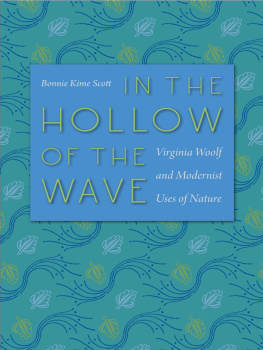
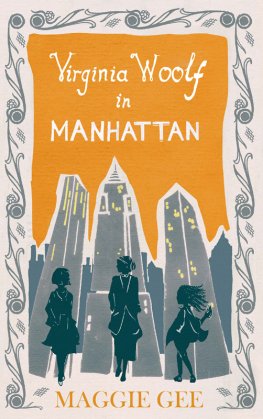
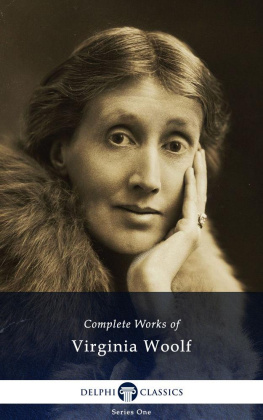
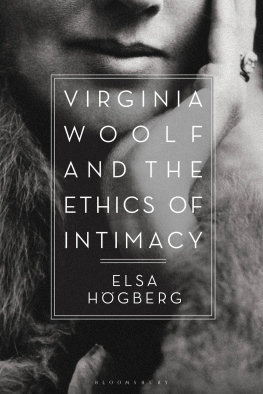
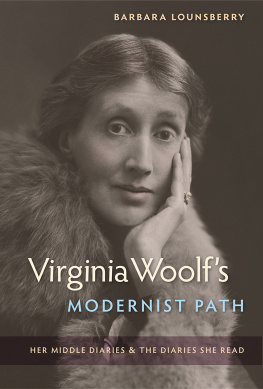

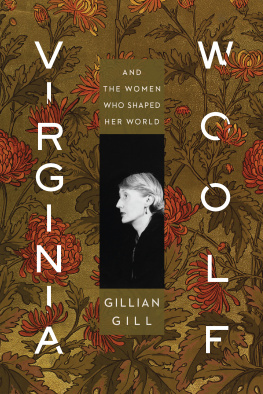

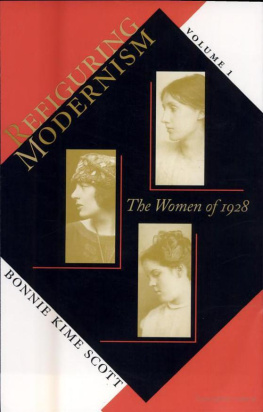
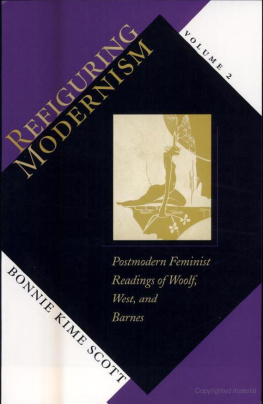

 Virginia Woolf,
Virginia Woolf,